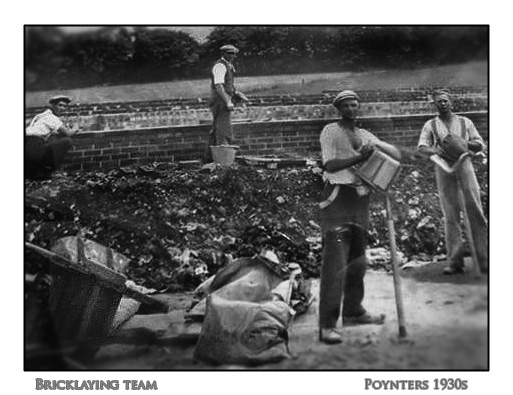After returning to Fremantle for a look at my Great Grandparents home ground I noticed a much greater usage of White washed sand and white portland cement as a pointing mortar mixture of limestone.
Its as if someone has presumed early settlers used beach sand which is incorrect. Its bastardy I say!
This stark white brittle mix is totally inappropriate as a mortar for limestone.
Apart from its starkness, it is harder than the stone itself, its brittle, and breaks all the principles of masonry where the mortar should be weaker than the material itself.
If the building moves the crack should be int he mortar not the material. The harder the stone, the harder the mortar.
Many of our older buildings had their building materials sourced from the nearest point, mainly because transport such s horse and cart added large costs to the construction.
The sand was mostly quarried from the site it was used. The lime was slaked on site then the mortar mixed with hoe and board. Much of the mortar ingredients are a mixture of the soil upon the building was built.
Based on this principle the slaked lime may have some ash, the sand will relate to the sand under the building which is why we see some of the Subiaco building mortar 'peach' in colour.
The mortars were based on the 3:1 aggregate matrix principle using a lime putty which dries slower as it reabsorbs the carbon dioxide to harden. Lime mortar using slaked putty can be kept for days immersed underwater or as long as it is kept wet preventing water from evaporating.
What people don't envisage now is the large quantity of limestone dust left from the stone dressing and crumbled limestone excavation that my well have occurred 'on-site'. Limestone dust also left from the pre-slaking process. Burnt but not slaked.
These would have in many cases been mixed together to build a colour that either matches or slightly darker to match the aging stone.
Here attached is an image of the older point, unfortunately vandalised by an inconsiderate person.
I would be more inclined to use a low loam sand such as plasterers sand even with the addition of some pinjar sand with a 'creme' (blue clinker) cement with lime in a 9 sand:2 lime: 1 creme cement mix as a limestone mortar.
A pure lime mortar has a totally different behavior. There may even be some shell in early mortar.
Matching the stone colour for today and tomorrow is the key in many cases.

Sunday 21 April 2013
Limestone pointing in fremantle
Posted by
Neil
at
21:56
0
comments
![]()
Labels: Federation, Fremantle, Limestone, nonhydraulic mortar, pointing, stone, Victorian
Subscribe to:
Posts (Atom)

